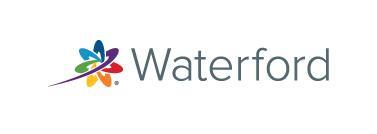I refer to my district, Wichita Falls ISD, as an “urban-rural district.” We have more than 14,000 students who are collectively about as diverse as the state of Texas: about 45% white, 38% Hispanic, and about 12% African-American. The free and reduced lunch rate varies from about 35% at some of our schools to more than 90% at several. Like most urban districts, our city is a regional hub for social services, medical services, and retail for communities within about 100 miles. Like a rural district, however, Wichita Falls is not on the way to or from anywhere. You have to want to come here, and so we struggle to attract teachers.
Our goal, then, is not just to educate children, but to make this a community where families want to live. But with a stagnant population, the only way to ensure that our community will grow and thrive is to “grow our own,” so that those who live here are able to participate fully in our economy and everything that we have to offer families. That, in turn, means that we have to prepare each student for kindergarten so they have a solid foundation for the education that follows. Here’s how we do it.
Starting Early
The need for early learning really can’t be overstated. I always say, “We’ve got to get them to the same starting line,” because if every one of our students is at that line by the time they start school, they tend to do pretty well.
Here’s what we find on day one: some students walk in ready to learn. These students have had rich early childhood education opportunities. Others were not as fortunate and they need more help. Some are just learning English for the first time. We work to catch them up as best we can, but once that gap opens it’s extremely difficult to close again, especially with the constraints of the 180-day school year in Texas.
To read the full article click here.


